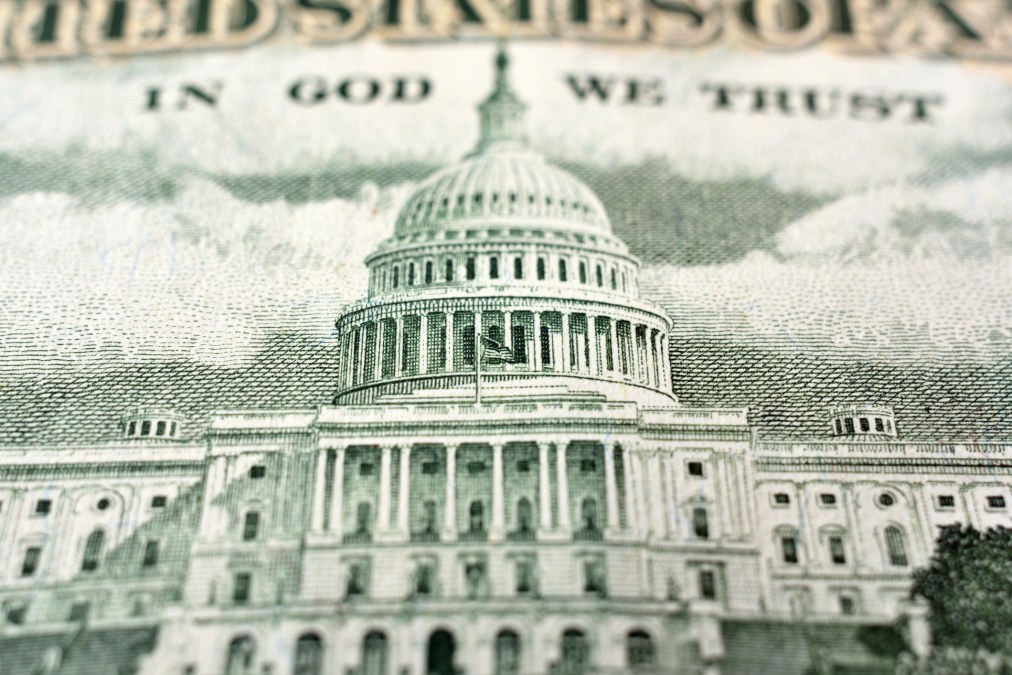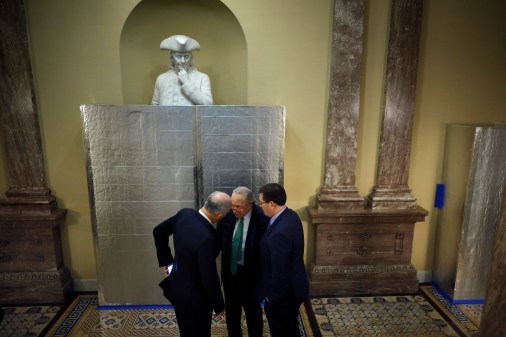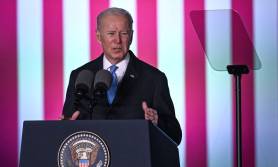Revised pandemic relief bill aims to patch state and local budgets

A revised pandemic relief bill introduced in the U.S. House of Representatives this week continues the chamber’s attempt to shore up cash-strapped state and local government budgets, though to a far lesser extent than the nearly $1 trillion sum contained in a bill passed in May.
The updated version of the HEROES Act includes $436 billion in financial support to state, local, tribal and territorial governments, many of which have started making steep budget cuts and furloughing employees after months of economic shutdowns caused by the coronavirus bottomed out their tax revenues. The new bill, which includes $2.2 trillion in total spending, is likely to be Congress’ final attempt to pass a substantial COVID-19 relief package before the Nov. 3 election, with the Democratic-led House’s original, $3 trillion HEROES Act having been greeted as dead on arrival by the Republican-controlled Senate and White House.
Since the onset of the coronavirus crisis, state and local governments have begged the federal government to help them stave off devastating budget cuts. But as new fiscal years have started, many government organizations are having to scale back operations, including making cuts to IT agencies and workers.
And despite calls earlier this year from groups like the National Association of State Chief Information Officers that federal pandemic relief packages include programs targeting IT and cybersecurity needs, the House’s new bill again makes the state and local aid available “to replace foregone revenues.” Still, that language would allow the money to be used much more expansively than that in earlier relief packages, which only allowed states to use federal stimulus funds to cover costs specifically related to responding to the pandemic.
Of the $436 billion in state and local aid, $238 billion would be distributed to states and the District of Columbia. Another $179 billion would be split between municipalities and counties, while the remaining $19 billion would go to territories and federally recognized tribal nations.
The $89.5 billion set aside for counties would not cover the sum total of counties’ fiscal holes, but the National Association of Counties on Tuesday welcomed the offer.
“This financial and public health crisis continues to have massive budgetary effects on counties – as much as $202 billion through FY2021,” the group’s executive director, Matthew Chase, said in a prepared statement. “Federal relief for counties should be a bipartisan issue because investing in counties means investing in every corner of America. We are committed to working with the House, Senate and White House to secure direct, flexible and equitable funding for counties of all sizes, with the shared goal of keeping our residents healthy and our communities safe and vibrant.”
While state and local IT and cybersecurity funding does not appear in the House’s new bill, there are other IT-adjacent line items, including $12 billion for Wi-Fi hotspots and internet-connected devices for students and libraries, $3 billion for home broadband connections and $24 million for the Federal Communications Commission’s broadband mapping operations.
The bill also takes another run at injecting billions of dollars into election administration. A relief package enacted in March provided $400 million in grants to be awarded by the Election Assistance Commission, but many election security advocates said states needed as much as $4 billion to afford all the modifications necessitated by the pandemic, including massive expansions of absentee balloting and equipment purchases.
This week’s bill offers the remaining $3.6 billion of that estimate, and though 1 million people have already cast ballots as early and absentee voting begins in dozens of states, there are still ways new election-assistance money could be put to work before Nov. 3. A Sept. 15 report by New York University’s Brennan Center for Justice argued that election administrators could use a fresh round of funding to purchase additional optical-scanning machines for processing ballots, buying more backup paper ballots for use at in-person polling places and mounting advertising campaigns to educate voters about how to complete their mail-in ballots and to push back against disinformation.
“If additional federal funding comes by early October, the money can still be used to ensure our elections are free, fair, and secure,” the report read.





